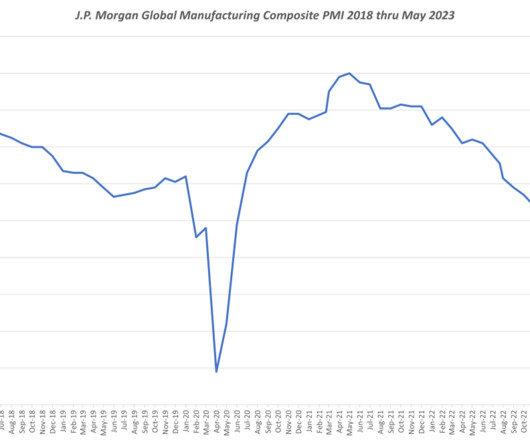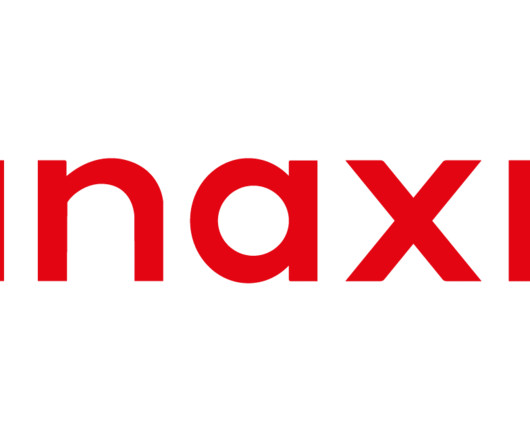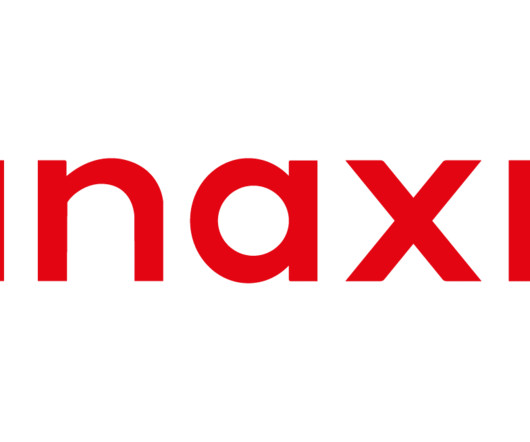The Power of the Network: ERP vs. Spend Management
Logistics Viewpoints
AUGUST 15, 2022
Alex Zhong, Director Product Marketing at GEP. GEP and the North Carolina State University (NCSU) Supply Chain Resource Cooperative surveyed supply chain, procurement and IT professionals across a range of industries to gain insight into their priorities and strategies regarding supply chain resilience and optimization.






















Let's personalize your content